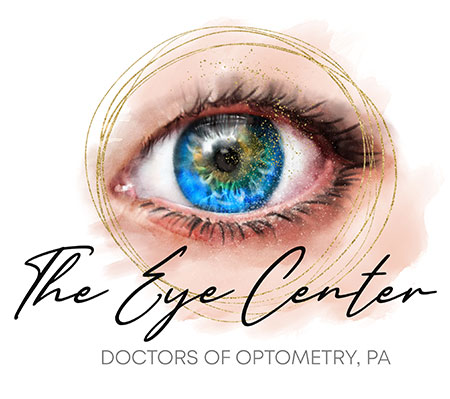All Categories
Featured
We frequently listen to about shielding our skin from dangerous ultraviolet (UV) rays, yet did you understand that UV direct exposure can likewise dramatically influence your eye health? Comprehending the impacts of UV rays on your eyes and just how to shield them is important for maintaining long-term eye wellness.
Kinds of UV Rays. UV rays are categorized right into 3 types:
UVA Rays: These rays permeate deep into the skin and can also affect the internal layers of the eyes. UVB Rays: These rays largely cause damages to the skin's surface area yet can additionally hurt the cornea and lens of the eye. UVC Rays: While these are the most damaging, they are largely absorbed by the Earth's ambience and do not get to the surface. Both UVA and UVB rays are damaging to your eyes, and gradually, exposure can lead to severe eye conditions.
Short-Term Effects of UV Direct Exposure. Also quick direct exposure to extreme UV rays can cause instant eye damage. A common short-term condition is photokeratitis, typically described as "sunburn of the eye." Signs and symptoms of photokeratitis include:
Redness and inflammation. Sensitivity to light. Tearing or watery eyes. An abrasive feeling, as if something is stuck in your eye. While the signs and symptoms of photokeratitis are temporary and usually settle within a day or more, repeated events can have advancing effects on your vision.
Long-Term Results of UV Direct Exposure. Persistent UV direct exposure can contribute to several severe eye problems, including:
Cataracts: Gradually, UV rays can create clouding of the eye's lens, resulting in cataracts, one of the leading root causes of loss of sight worldwide.
Macular Deterioration: Prolonged UV exposure can damage the retina, especially the macula, bring about age-related macular deterioration (AMD), which affects main vision.
Pterygium: Likewise referred to as "web surfer's eye," this condition involves the growth of a fleshy tissue on the white part of the eye, which can cross the cornea and influence vision.
Skin Cancer Cells Around the Eyes: The delicate skin around the eyes is susceptible to UV radiation, raising the risk of skin cancer, such as basic cell cancer.
Pinguecula: UV exposure can likewise result in yellowish down payments on the conjunctiva, which can trigger irritability and discomfort.
How to Shield Your Eyes from UV Rays. Put On Sunglasses with UV Security: Constantly select sunglasses classified as obstructing 100% of UVA and UVB rays. Wrap-around styles give additional defense by obstructing UV rays from the sides.

Use a Wide-Brimmed Hat: Hats with a wide brim can decrease UV direct exposure by as much as 50%, supplying additional coverage for your eyes and face.
Avoid Top Sunlight Hours: UV rays are toughest between 10 a.m. and 4 p.m. Restricting your outdoor tasks during these hours can assist minimize direct exposure.
Don't Forget Youngsters: Children's eyes are extra conscious UV rays, so guarantee they use sunglasses and hats when outdoors.
Put On UV-Blocking Contact Lenses: If you use calls, ask your eye care service provider regarding UV-blocking lenses for added security.
Remain Protected Year-Round: UV damages isn't restricted to summer season; rays can reflect off surface areas like water, sand, and snow, making eye protection needed all year.
Final thought. Shielding your eyes from UV rays is vital to protecting your vision and total eye health. By taking basic safety measures like putting on UV-protective sunglasses, limiting exposure during top hours, and regularly checking out an eye care specialist, you can safeguard your eyes from the dangerous impacts of UV radiation.
Latest Posts
Reputable Expenses Door Solutions for Houses and Organizations
Discover Oil Changes & More: Complete Auto Care Solutions from Montclare Auto Repair
How Regular Auto Maintenance at Montclare Auto Repair Reduces Costs
More
Latest Posts
Reputable Expenses Door Solutions for Houses and Organizations
Discover Oil Changes & More: Complete Auto Care Solutions from Montclare Auto Repair
How Regular Auto Maintenance at Montclare Auto Repair Reduces Costs